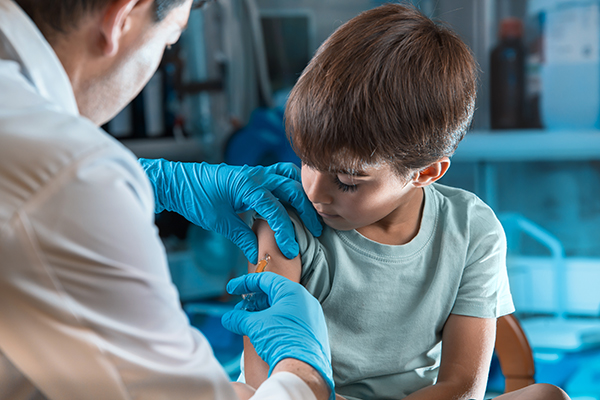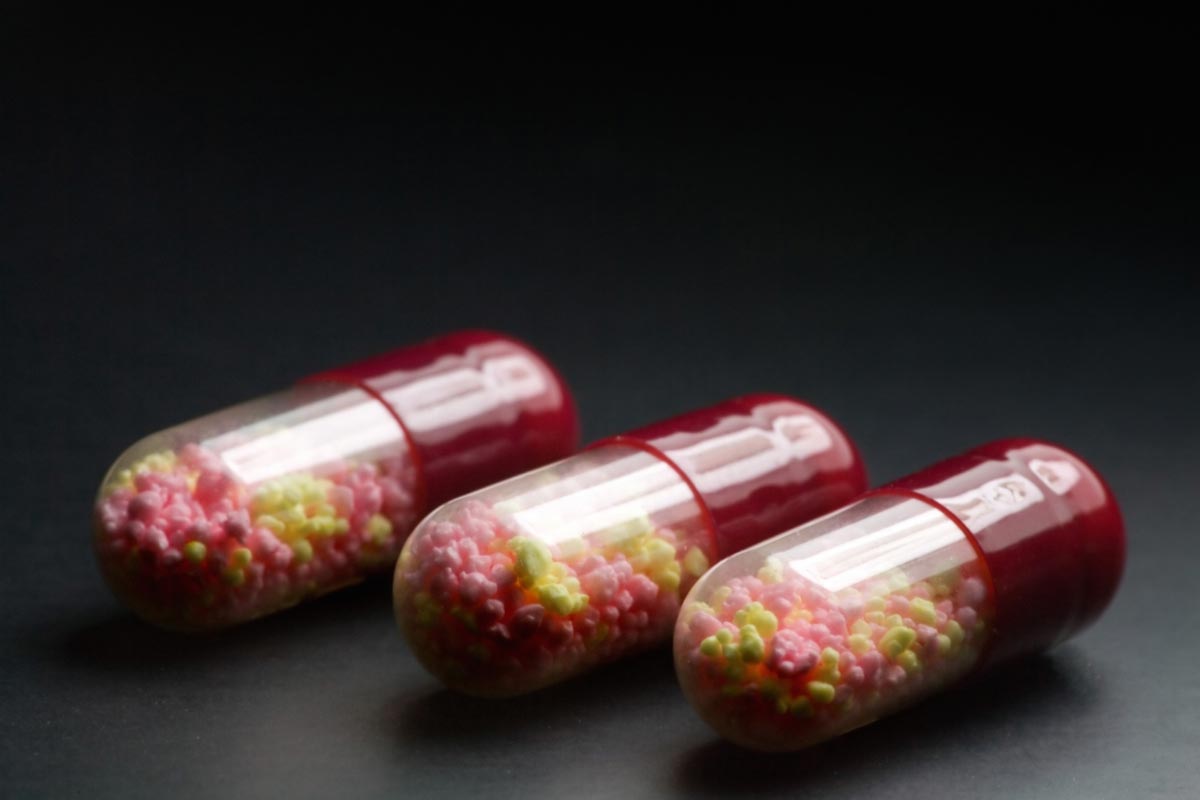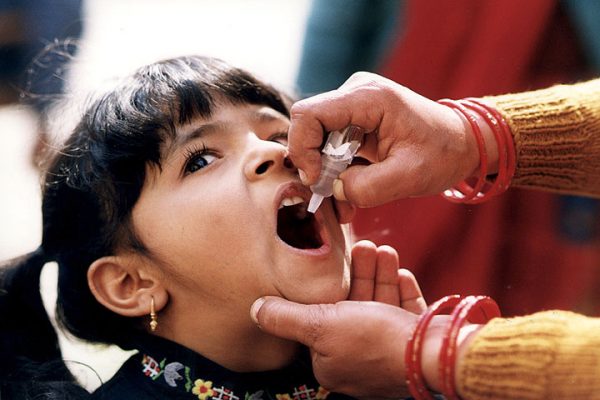 Parler
Parler Gab
Gab
- Maxim Hygiene Organic Cotton Cardboard Applicator Tampons
- OrganYc Complete Protection Tampons (made with organic cotton)
- Playtex SPORT Regular & Super Tampons
- Tampax Cardboard Applicator Unscented Tampons
- Up & Up (Target Brand) Regular Tampons
Many consumer products contain PFAS, EDCs, BPA and more
What makes PFAS and fluorine so noxious is that they fall into the category of "forever chemicals," meaning they take a very long time, if ever, to decompose. Their accumulation inside the human body is linked to all sorts of health conditions including cancer and birth defects. Keep in mind that PFAS represent just one class of chemicals among many that are found in tampons and other consumer products. Another is endocrine-disrupting chemicals (EDCs) such as phthalates and bisphenol-A, also known as BPA. "We know more than enough about low-dose toxicities of PFAS compounds and other cited contaminants to be certain that detectable quantities in tampons are unjustifiable," says Terrence Collins, Teresa Heinz Professor of Green Chemistry & Director of the Institute for Green Sciences at Carnegie Mellon University. Other popular products that were found to contain PFAS include yoga pants, legging, and even "clean beauty" brands of makeup that are advertised as being safe and natural. Even period underwear was found by the investigative team to contain PFAS indicators. Of the 17 pairs tested, 11 of them showed detectable levels of fluorine. The health impacts of all this PFAS, especially in women's sensitive areas, is still somewhat unknown. What we do know is that these persistent chemicals have the ability "to impact almost every organ of the body," according to Linda S. Birnbaum, Scientist Emeritus and Former Director of the National Institute of Environmental Health Sciences and National Toxicology Program. "The vagina is an incredibly vascular area and dermal exposure is often higher there than in other places of the body," Birnbaum added in a statement to Mamavation. One of the reasons why PFAS chemicals are used in consumer products like fast-food packaging and women's hygiene products is because they help to prevent oils and liquids from seeping through. These chemicals act as a protective barrier, in other words. PFAS are now an environmental concern as well, with hunters in some areas of the country having to avoid areas where PFAS contamination is highest. "Everybody that's hunted, it's already in our systems," said Joe Lefebvre, a former hunter from Maine, to a local news affiliate in his area. "We've been eating bird, turkey, deer for years here. So everybody's contaminated. There's no question about it." Several of Lefebvre's neighbors were tested and found to have high levels of PFAS in their systems. He is still personally waiting on his own results. Want to keep up with the latest news about chemical toxins in consumer products? You can do so at ChemicalViolence.com. Sources for this article include: ChildrensHealthDefense.org NaturalNews.com WGME.comFDA announces amoxicillin shortage, cites increased demand and manufacturing issues as causes
By Belle Carter // Share
These bacteria can support crop growth even under dry conditions
By Franz Walker // Share
Josh Sigurdson: COVID-19 vaccines causing cancer rates to skyrocket
By Kevin Hughes // Share
Governments continue to obscure COVID-19 vaccine data amid rising concerns over excess deaths
By patricklewis // Share
Tech giant Microsoft backs EXTINCTION with its support of carbon capture programs
By ramontomeydw // Share
Germany to resume arms exports to Israel despite repeated ceasefire violations
By isabelle // Share










